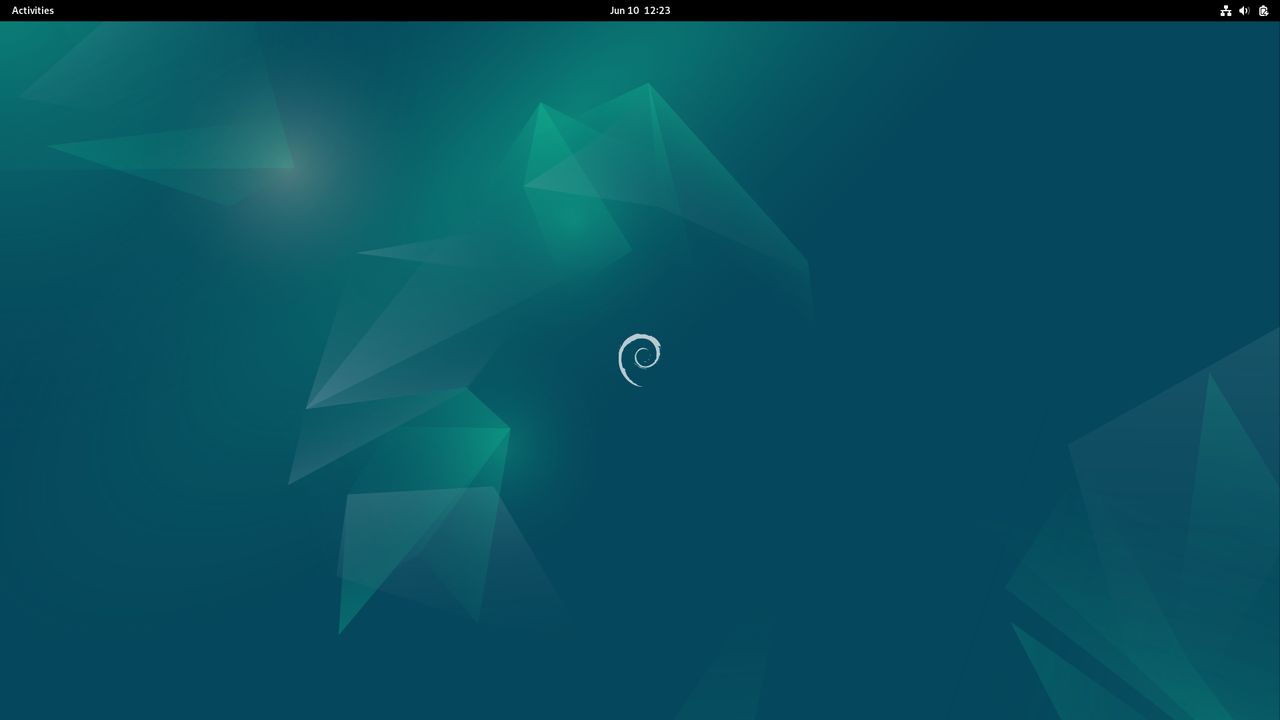Introduction
Does your desktop have to be on the same drive as your OS? In the world of computing, there are innumerable varieties of traditional and modern systems that require very specific hardware configurations in order to operate as intended. One of the most common questions for users of any system is whether or not it is necessary to have the desktop on the same drive as the Operating System (OS). In this article, we will carefully explore the benefits of having the desktop located elsewhere on the computer, as opposed to on the same drive as the OS.
Don’t Limit Your Storage: Keep Your Desktop on a Separate Drive
When considering space concerns, having your desktop located on its own drive can help to significantly increase your available storage capabilities. By having your desktop on the same drive as the OS, you are effectively reducing the overall capacity of the drive, as well as running the risk of the OS becoming too cluttered and bogging down other programs. By keeping your desktop on a separate drive, you will gain additional storage capacity which can be used to store more data, as well as improve the performance of your OS. A separate drive also provides users with the convenience of being able to cleanly reference data from one location, while storing the bulk of the data in another. This allows for easier organization and navigation of your data while keeping the drive devoted to your OS clutter-free. Additionally, if you need to make any major upgrades or repairs to your OS, you will be able to access your desktop and all of the data it contains, with no issue, as it is separate from the OS. It could also make sense to store your desktop on a solid-state drive (SSD). SSDs provide much faster read and write speeds when compared with other hard drive types, which means that desktop programs and applications will respond more quickly to commands. By placing the desktop on an SSD rather than a traditional hard disc drive, you will noticeably improve the overall speed of your system.
Read More: Is it possible to upgrade from Windows XP to Windows 7 without formatting your computer?
Breaking Down the Benefits of Installing Your Desktop Elsewhere
The benefits of having your desktop located on a separate drive can be further broken down into three key advantages:
- Storage: Having your desktop located on its own drive increases storage capacity as well as provides the added convenience of clean data referencing
- OS Performance: A separate drive helps to maintain a clutter-free OS, as well as preserve the ability to make improvements and repairs without issue
- Speed: By leveraging the power of an SSD, commands, and processes will be carried out at a much faster rate than with traditional hard disk drives
Installing and maintaining your desktop on a separate drive is an excellent way to ensure that you remain organized and your OS stays running smoothly, as well as providing additional storage.
Conclusion
At the end of the day, it is important to carefully consider where to store your desktop, especially if you are a frequent user of digital media and files. Placing the desktop on a separate drive helps to reduce the clutter on your OS drive, while dramatically increasing the storage capabilities of your device. Not only that but depending on the hardware you use, you can reap the added speed and performance benefits of using an SSD drive. If you are looking for a convenient and reliable way to store and maintain your desktop, while also optimizing your OS performance, then a separate drive is the way to go.
Do you keep your home folder on a separate drive or partition? Why? Post in the comments below.

Aleksandar Paunovski is a Computer Science student at New Bulgarian University. He has more than 20 years of experience with computer systems. Aleksandar knows PHP, JavaScript, C++, CSS, and HTML and is an expert on WordPress, computer security, Linux, Mac OS, Chrome OS, and Windows. When not busy making sites, Aleksandar loves to listen to 90’s music, walk in the park, and post on his blog.

[…] Read More: Does your desktop have to be on the same drive as your OS? […]